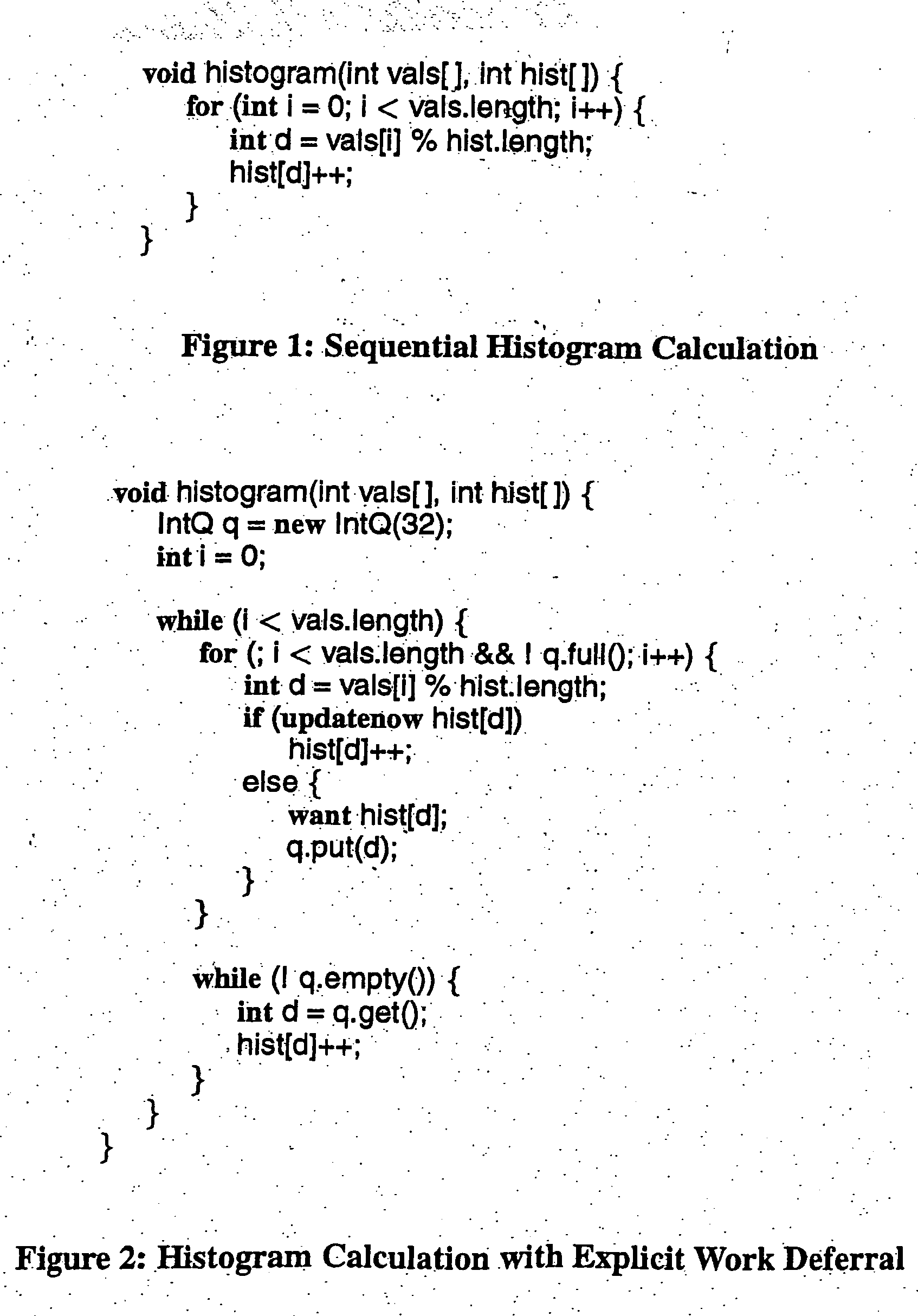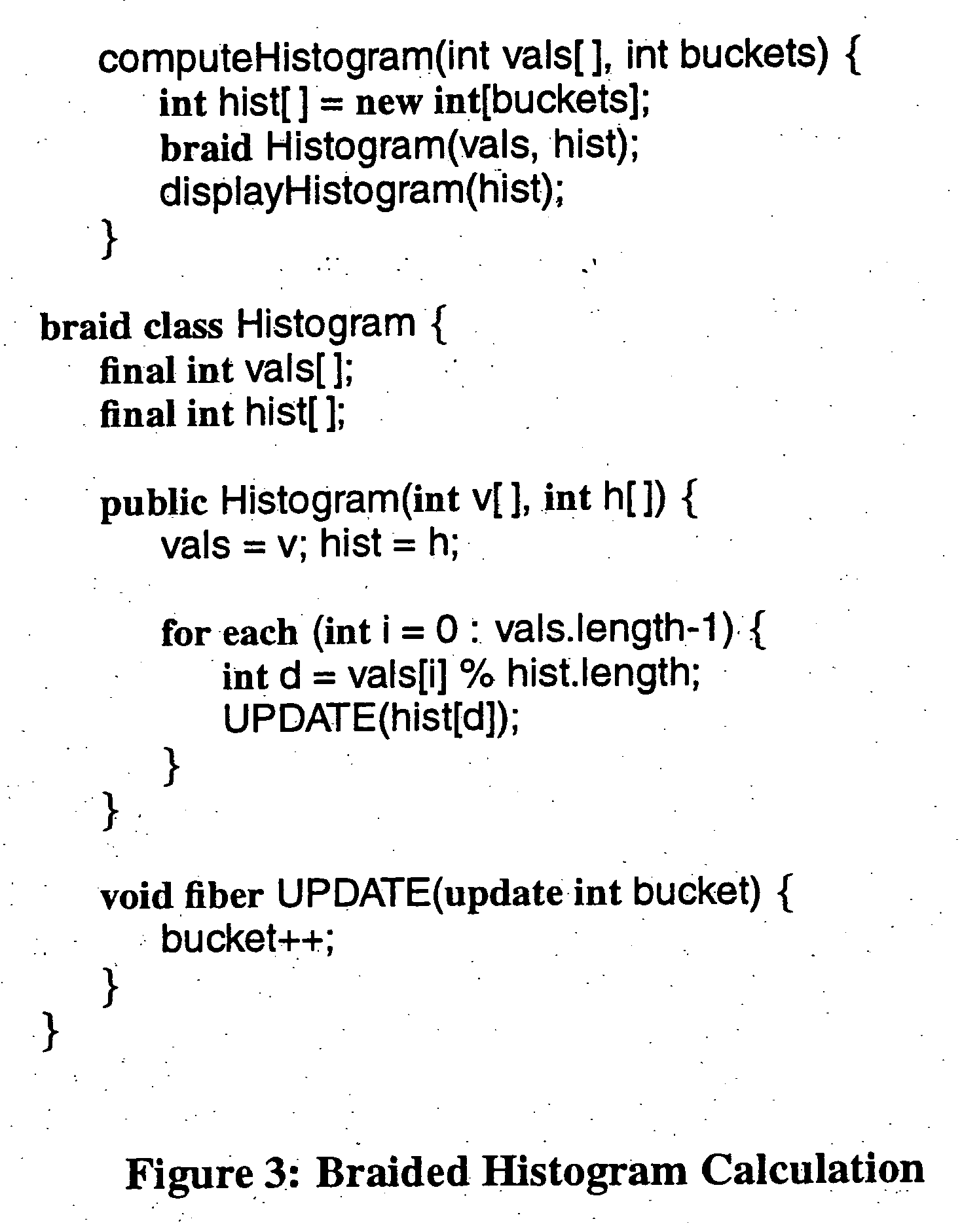Arrangements for adaptive response to latencies
a latencies and array technology, applied in the field of arrays for adaptive response to latencies, can solve the problems of inability to compute multi-level cache memories, the flat memory model that was made practical by deeply pipelined superscalar processors with multi-level cache memories will no longer be tenable, and multi-threading requires either abundant independent applications, so as to facilitate the creation of programs, simple and inexpensive instruction sets, easy to understand
- Summary
- Abstract
- Description
- Claims
- Application Information
AI Technical Summary
Benefits of technology
Problems solved by technology
Method used
Image
Examples
Embodiment Construction
[0026] It should be appreciated herethroughout that the inventive constructs broadly contemplated herein are applicable both to hardware and software environments. Specific reference will be made to one environment or the other as needed. Otherwise, it may be assumed that both environments are contemplated (where appropriate).
[0027] Generally, there is broadly contemplated in accordance with at least one presently preferred embodiment of the present invention systems and arrangements considerably different from and more effective than those presented by Morris and Hunt. Particularly, for a memory load instruction, in Morris & Hunt's method, the load operation is always performed. In accordance with an embodiment of the present invention, however, the load operation may not be performed at all if the predicted latency is long (for example, the data is not cached in an on-chip cache).
[0028] For a memory load instruction that causes long latency, in Morris & Hunt's method, some statu...
PUM
 Login to View More
Login to View More Abstract
Description
Claims
Application Information
 Login to View More
Login to View More - R&D
- Intellectual Property
- Life Sciences
- Materials
- Tech Scout
- Unparalleled Data Quality
- Higher Quality Content
- 60% Fewer Hallucinations
Browse by: Latest US Patents, China's latest patents, Technical Efficacy Thesaurus, Application Domain, Technology Topic, Popular Technical Reports.
© 2025 PatSnap. All rights reserved.Legal|Privacy policy|Modern Slavery Act Transparency Statement|Sitemap|About US| Contact US: help@patsnap.com



